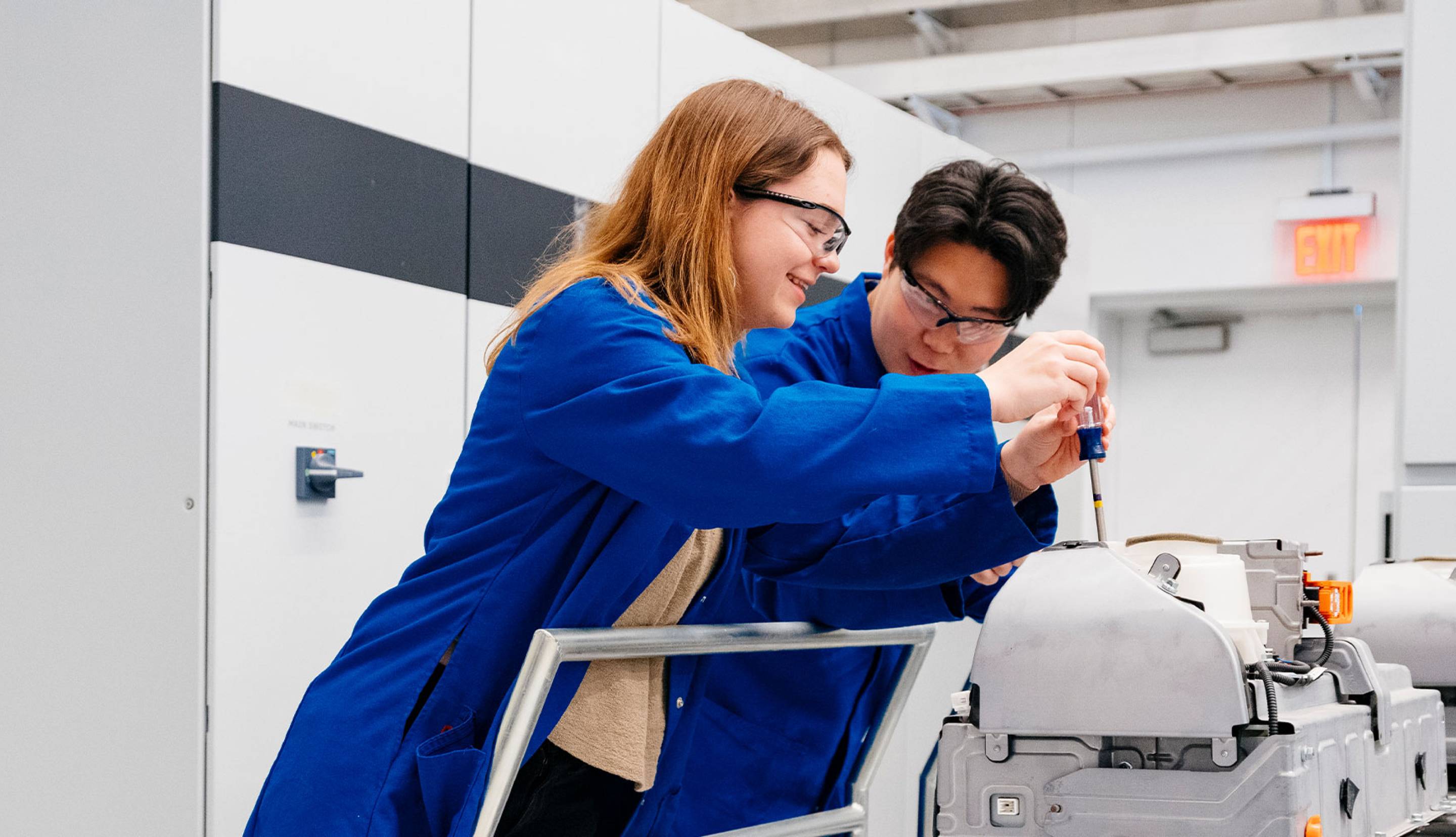Our return on investment
UC’s educational, research and health care activities drive California’s standing as one of the world’s largest, most dynamic economies.

Inventions and industries start here
The University's forward-looking spirit creates boundless opportunities for the state and its people.
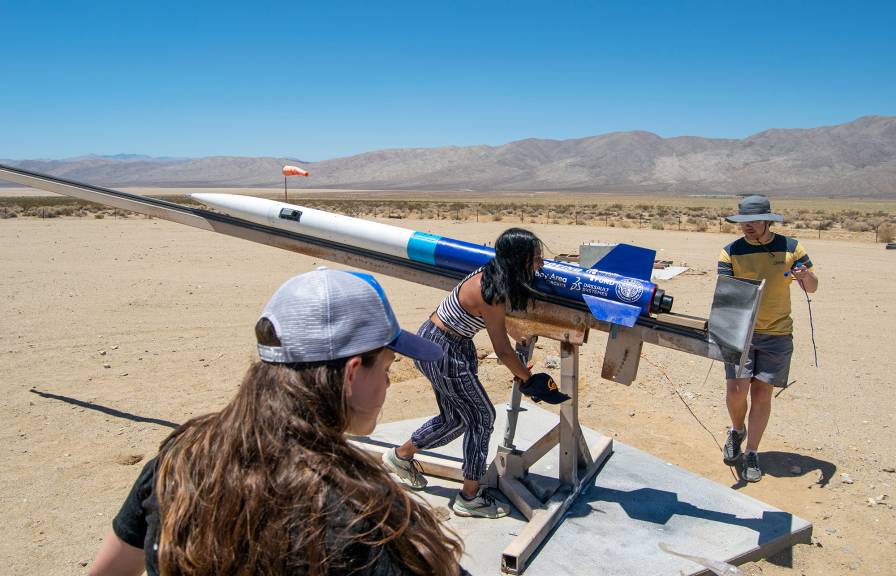
A new Silicon Valley home for stargazers and innovators
The 36-acre Berkeley Space Center will provide research space for companies interested in collaborating with UC Berkeley and NASA scientists and engineers to generate futuristic innovations in aviation, space exploration and how we live and work in space.
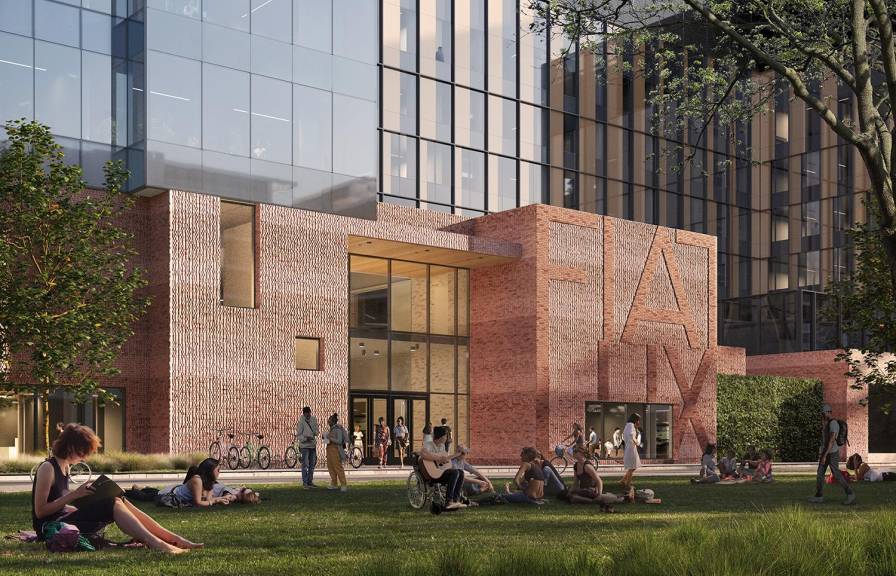
Aggie Square is on its way
UC Davis, together with community and industry partners, is creating a new innovation district in Sacramento that is projected to produce $5B in annual economic impact to the surrounding six-county region.
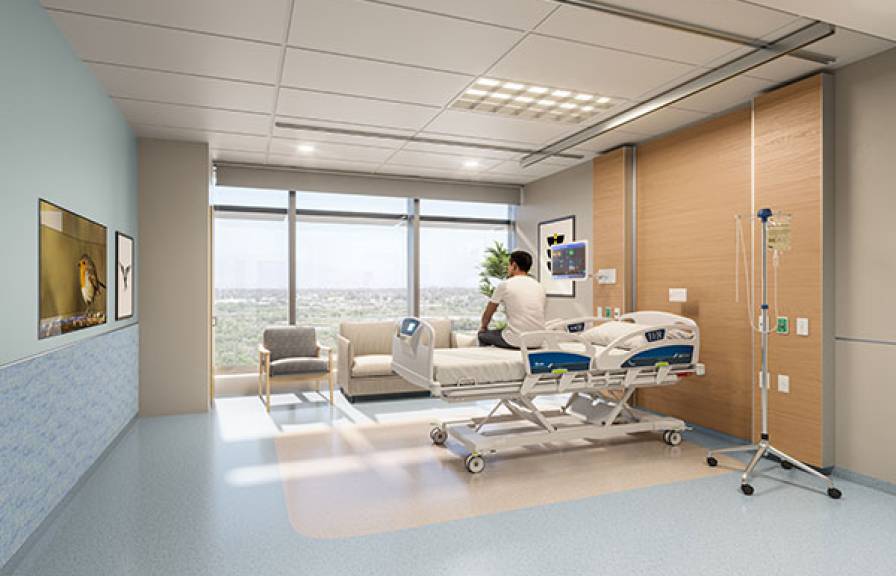
All-electric hospital will be nation’s first
The seven-story, 350,000-square-foot, acute care hospital will have 144 inpatient beds, 10 operating suites and a 24-hour emergency department with 20 treatment rooms when it opens in 2025.
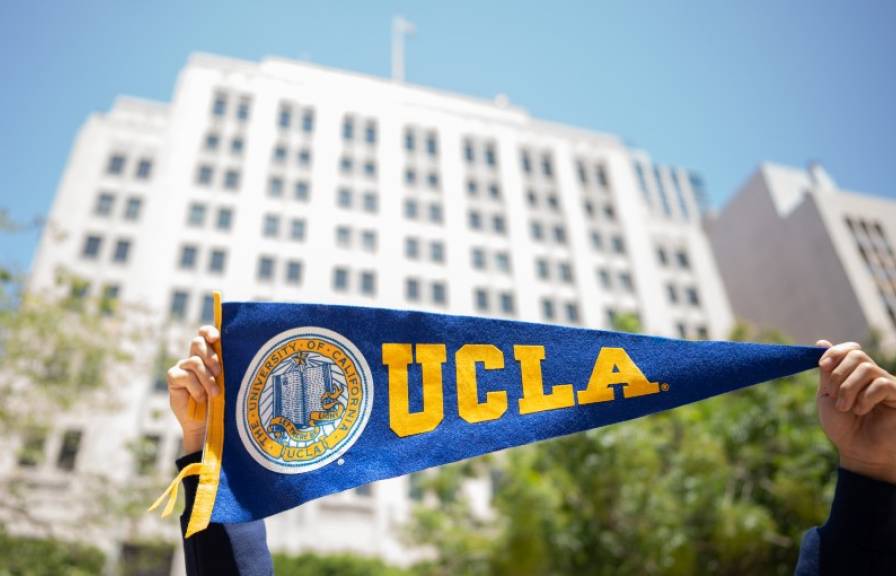
UCLA acquires iconic downtown L.A. building
The historic Trust Building on South Spring Street will expand student access to UCLA and foster greater engagement with Los Angeles’ diverse communities. UCLA is also launching a new 24.5-acre South Bay campus in Rancho Palos Verdes and an 11-acre residential site in San Pedro.

UC Merced-led coalition awarded $65M for future of food innovation
With $65.1M in federal funding awarded the Fresno-Merced Future of Food, the coalition will create a state-of-the-art agricultural technology hub that connects farmers with industry across the San Joaquin Valley to boost productivity, create jobs and build capacity for regional sustainability.

An OASIS for Clean Tech innovation in the Inland Empire
The University is leading OASIS, a public-private partnership driving regional economic development through applied research, innovation, entrepreneurship, and workforce development in sustainability, clean technology, and social inclusion.
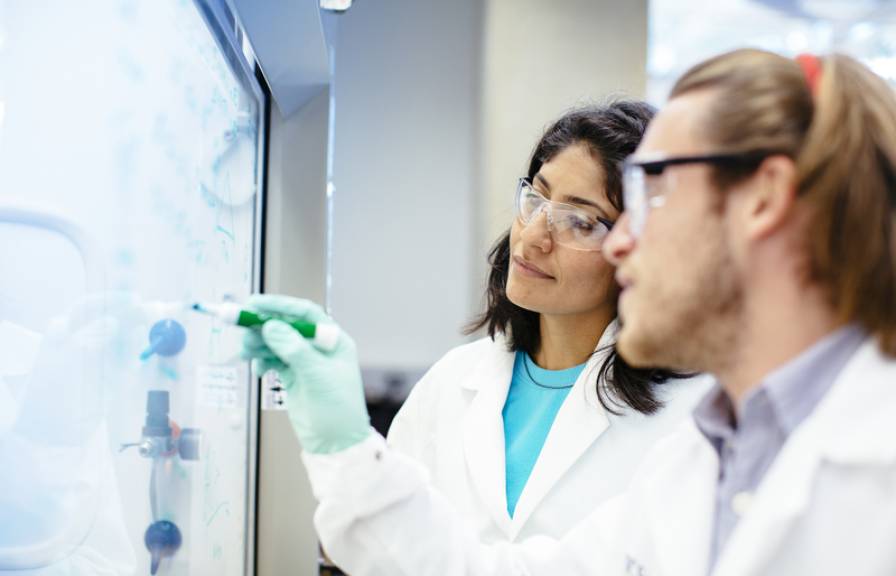
UC Regents approve UC San Diego Science Research Park development
The 23-acre Science Research Park on the UC San Diego campus will support innovative research companies, entrepreneurs and researchers who are seeking to improve the human condition and drive regional economic impact.
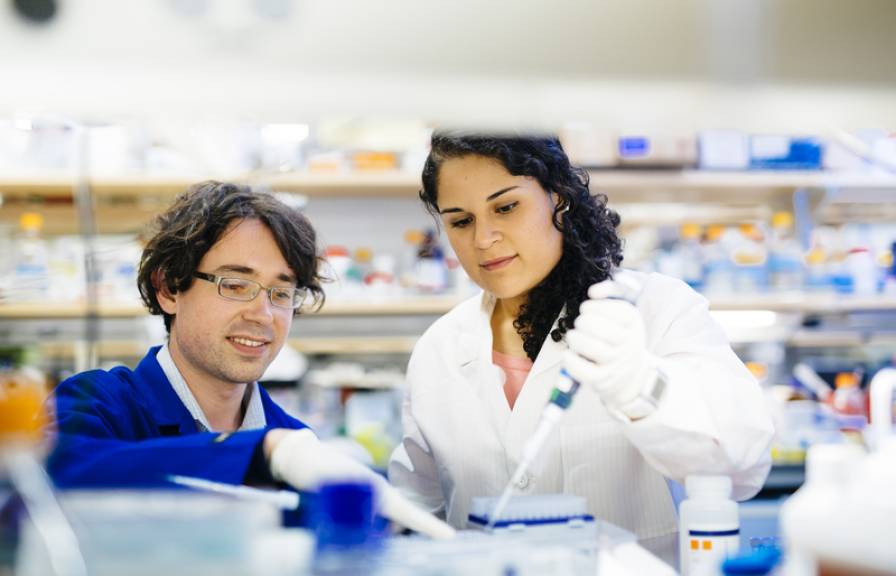
A hub for innovation and entrepreneurship in the life sciences
QB3 supports UC researchers and empowers Bay Area entrepreneurs to launch startup companies and partner with industry. With five incubators, two seed-stage venture capital firms, and a special initiative in medical devices, QB3 helps bio-entrepreneurs create high-value jobs and brings more than $750 million into the Bay Area each year.

Innovation hub will bolster microelectronics technology
The campus will play a key role in the United States’ effort to bolster semiconductor manufacturing and development and its competitiveness in the global market as a member of the DOD-funded California Defense Ready Electronic and Microdevices Superhub.
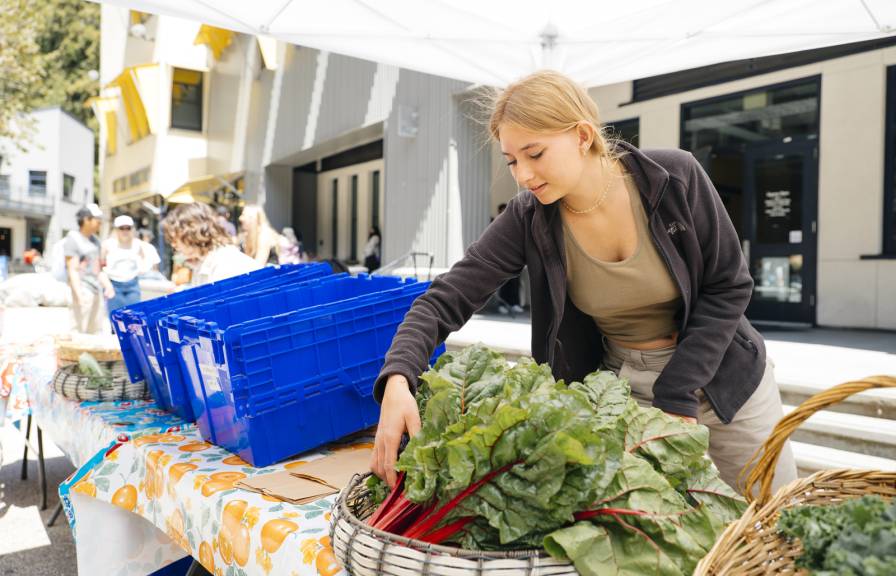
Center for Agroecology will support new USDA Regional Food Business Center
By strengthening connections between rural and urban areas, the Regional Food Business Centers will drive economic opportunities across the region, creating a more diversified and resilient food system.

USDA selects UC ANR to create regional food business center
UC ANR will establish a Southwest USDA Regional Food Business Center that will serve California, Arizona, Nevada and Utah. The $35 million project will provide technical assistance and capacity building to help farmers and ranchers near the U.S.-Mexico border.
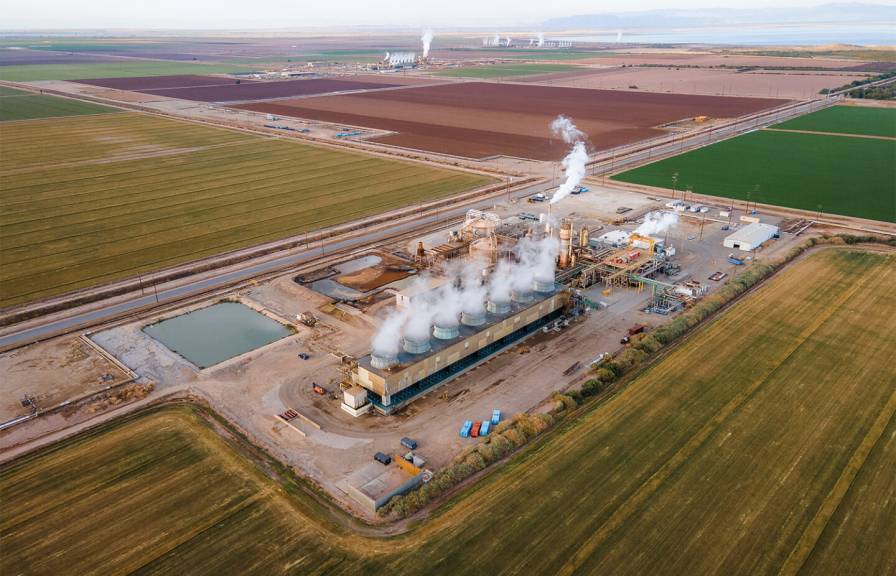
California’s Salton Sea region a rich domestic lithium resource
California’s Salton Sea region could provide enough lithium to support over 375 million batteries for electric vehicles, according to an analysis by the U.S. Department of Energy and Berkeley Lab. Currently, nearly all lithium must be imported.
